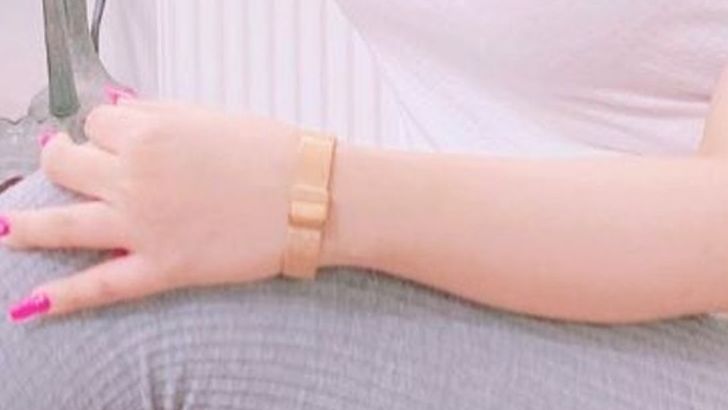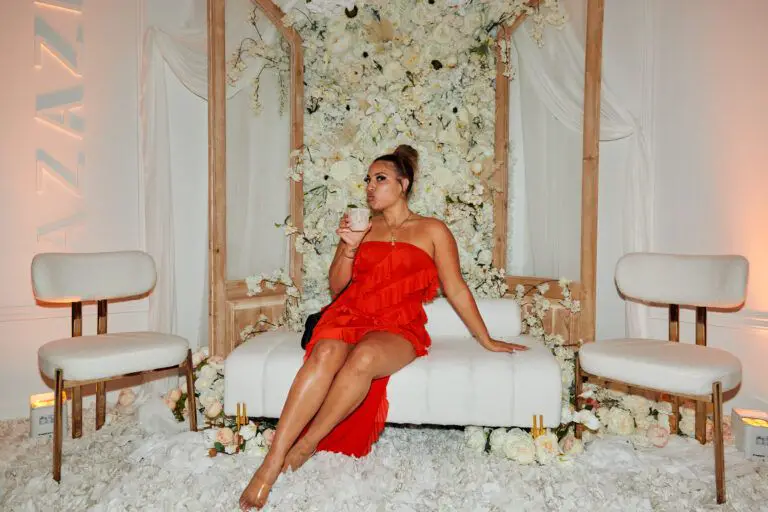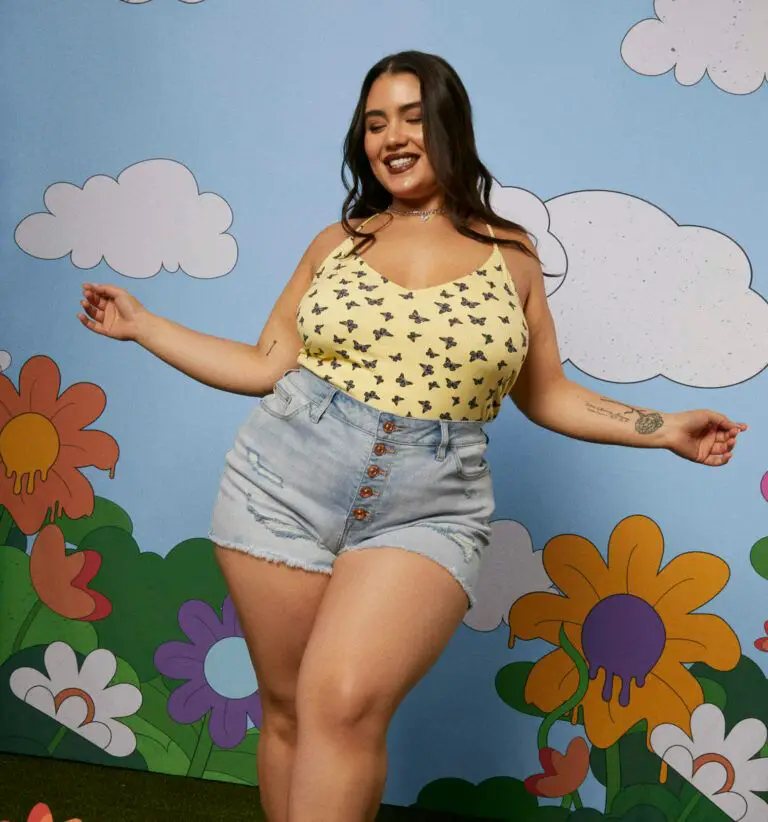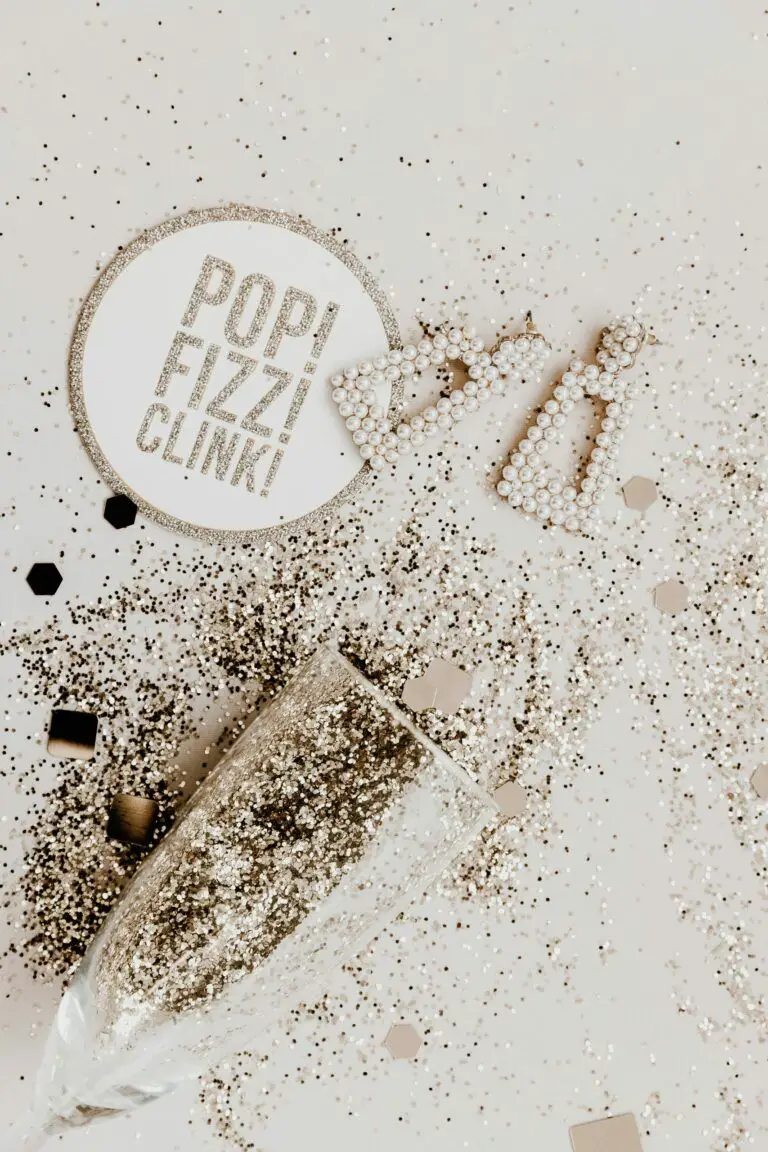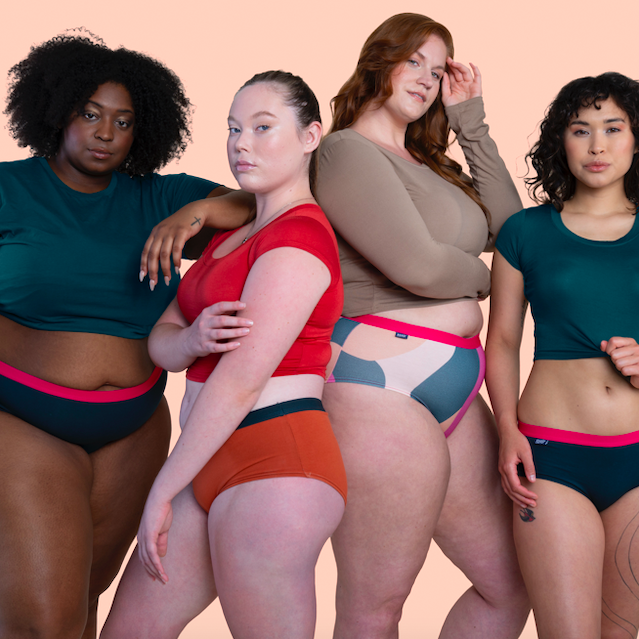Struggles Of Plus-Size Women Getting Fashion Endorsements
The fashion industry’s relationship with plus-size women presents one of the most glaring contradictions in modern business. While these consumers represent a market worth hundreds of billions of dollars globally, they remain largely invisible when it comes to high-profile endorsements and partnerships. This disconnect reveals not just missed opportunities, but systemic barriers that continue to limit how plus-size women are perceived and valued in the fashion ecosystem.
The numbers tell a story that’s hard to ignore. Approximately 67% of American women wear a size 14 or above. Yet their representation in the most visible aspects of fashion marketing remains minimal. This massive demographic holds tremendous purchasing power, but their voices and bodies are often absent from the campaigns and endorsements that shape fashion culture.
The Stark Reality of Runway Representation

The fashion world’s biggest stages tell an uncomfortable truth about size inclusion. On the catwalks of New York, London, Paris, and Milan in the fall/winter 2023 season, almost all of the 9,000+ looks exhibited were in U.S. sizes 0 to 4. Only 0.6 percent of the looks were in sizes 14 and over. This shocking statistic reveals how disconnected high fashion remains from the bodies of real women.
The situation hasn’t improved significantly in recent years. To lay it bare, plus-size models (US 14+) made up just 0.8 per cent and mid-size models (US 6-12) just 3.7 per cent of people cast across the four fashion cities this season. That’s within 230 shows and presentations, and amongst 8,800 looks. These numbers represent a stark contrast between fashion’s aspirational imagery and the reality of women’s bodies.
The Billion-Dollar Market Nobody Talks About

The financial potential of the plus-size fashion market is staggering. At a compound annual growth rate (CAGR) of 5.99%, the market is expected to reach a significant value of USD 322,120 million by 2030. In the United States alone, The U.S. plus-size women’s clothing market was valued USD 58,871.49 Million in 2023 and is expected to reach USD 101,938.14 Million by 2032 at a CAGR of 6.29% from 2024 to 2032.
What’s particularly striking is how the plus-size segment outperforms expectations when brands actually invest in it. Adding plus sizes to my line tripled my business. Why wouldn’t you do that?! Do we not want to triple the business? This quote from designer Christian Siriano highlights the disconnect between potential profits and actual industry practices.
Celebrity Endorsements: The Exclusion Zone

When you look at the biggest celebrity fashion endorsements of recent years, plus-size women are notably absent. Celebrity fashion endorsements continue to dominate headlines, with major luxury brands securing high-profile partnerships. Rihanna’s ability to effortlessly blend fashion and culture made this endorsement one of the most talked-about events of 2023. However, these high-profile partnerships rarely feature women who represent the majority of American consumers.
The pattern continues across major fashion houses. In 2023, Chanel announced that Timothee Chalamet is the ambassador of its new men’s fragrance, Bleu de Chanel. While male celebrities secure lucrative fragrance deals, plus-size women remain largely absent from similar luxury partnerships. This absence sends a clear message about who fashion brands consider worthy of their highest-profile collaborations.
The Influencer Revolution That Changed Everything

Social media has created new pathways for plus-size women to gain influence, but these often don’t translate into major brand partnerships. Influencer A’s endorsement of wide-leg trousers saw a 120% increase in searches within a month, while Influencer B’s feature of belted maxi dresses resulted in a 90% surge in sales for the featured brand. These impressive results demonstrate real commercial impact.
However, there’s a hierarchy even within influencer marketing. The BoF-McKinsey State of Fashion 2024 Consumer Survey found that 68 percent of respondents were unhappy about the high volume of sponsored content on social media platforms and 65 percent were turning less to fashion influencers than a few years ago. This fatigue affects plus-size influencers disproportionately, as they often lack the brand backing that helps traditional celebrities cut through the noise.
The Premium Problem: Luxury Brands’ Reluctance

High-end fashion houses remain particularly resistant to plus-size endorsements. A lack of body diversity is something I’ve come to expect from luxury designers. This expectation has become normalized, creating a cycle where plus-size women are systematically excluded from the most prestigious fashion partnerships.
The reluctance extends beyond just runway casting to commercial partnerships. Other labels like Valentino, Balenciaga, and Gucci, which in recent seasons had begun adding plus and mid-size models to their runways, reverted back to historic norms, with 100 per cent straight-sized models walking. This retreat from inclusion signals that many luxury brands view plus-size representation as optional rather than essential.
When Brands Get It Right: The Success Stories

Some partnerships have proven that plus-size endorsements can be incredibly successful. Kim Kardashian’s partnership with SKIMS was a huge success, and it’s no wonder it’s her most successful business venture. She really became the face of the brand and helped SKIMS establish a strong customer base through her social media and fashion industry influence. SKIMS built its entire brand identity around body positivity and inclusive sizing.
The brand’s approach demonstrates how authenticity in plus-size marketing can drive real results. What’s even more impressive is that she shares the same values as the brand, which is all about body positivity. It’s no wonder SKIMS is so popular among a wide range of customers. When endorsements align with genuine brand values, they resonate powerfully with consumers.
The Rising Demand for Authentic Representation

Consumer expectations have shifted dramatically in recent years. The increasing acceptance and representation of body diversity in mainstream media and fashion have fueled demand for plus-size clothing. Retailers and brands are expanding their product offerings to include inclusive sizing, creating significant opportunities for market expansion. This change in consumer attitudes creates pressure for brands to reconsider their endorsement strategies.
The data shows clear generational differences in expectations. The demographic shift is notable, with consumers aged 16-59 accounting for 58.8% of purchases, demonstrating strong spending power and fashion consciousness in this segment. These consumers aren’t just buying clothes; they’re demanding representation that reflects their reality.
The Casual Wear Dominance

Interestingly, the most successful plus-size fashion segments are those that align with contemporary lifestyle trends. In 2024, casual wear commands a 30.80% share of the plus-size clothing market, underscoring a clear consumer tilt towards comfort and versatility. This trend reflects broader changes in how people dress for work and daily life, especially after the pandemic shifted workplace norms.
This shift presents opportunities for brand partnerships that focus on lifestyle and comfort rather than high fashion. The casual segment was valued at $39.2 billion in 2024 and is projected to reach $71.9 billion by 2034, mostly due to its nature of comfort, universality and adherence to more modern lifestyles. Consumers want clothes that work for multiple occasions, and they’re willing to pay for quality pieces that deliver.
Technology and the Future of Inclusive Fashion

New technologies are beginning to address some of the structural barriers that have limited plus-size fashion. Technological advancements in 3D printing and AI-driven design tools enable brands to offer tailored fits and designs, enhancing customer satisfaction. These innovations could make it easier for brands to create inclusive lines and potentially more inclusive endorsement campaigns.
The technological solutions extend beyond just manufacturing. This trend reflects a shift toward individualized shopping experiences, with companies investing heavily in technology to meet consumer expectations. As personalization becomes more sophisticated, it may become easier for brands to justify diverse endorsement strategies that speak to different body types and consumer segments.
The Global Expansion Opportunity

The plus-size market isn’t just growing in traditional Western markets. The plus-size clothing market in Asia Pacific is projected to grow at the fastest CAGR of 5.2% from 2024 to 2030, driven by increasing consumer awareness and demand for inclusive fashion. This represents an enormous opportunity for brands willing to expand internationally.
This global growth creates new contexts for endorsements and partnerships. Asia-Pacific is forecast to register the quickest expansion with a 5.38% CAGR owing to rising middle-class spending and shifting beauty ideals. Traditional beauty standards are evolving, creating space for inclusive fashion brands to establish themselves. Brands that embrace plus-size endorsements early in these emerging markets could establish significant competitive advantages.
The Premium Paradox

Perhaps most surprisingly, plus-size consumers are willing to spend more on quality pieces when they’re available. The premium segment shows the strongest growth at 25%, while the mid-price segment dominates with 55% market share. This challenges the assumption that plus-size consumers only shop for bargains. Many are willing to invest in quality pieces that fit well and look stylish.
This spending pattern suggests that high-end endorsement partnerships could be particularly effective in the plus-size market. When consumers feel underserved by premium options, they respond enthusiastically to brands that offer them quality and style. The challenge is convincing luxury brands to take the first step.
The Regression Reality

Recent trends have been discouraging for plus-size representation. By the end of 2023, British Vogue had already picked up on the early signs of the disappearance of body inclusivity, noting that less than 1 percent of models in AW23 collections were plus-sized. This regression affects not just runway representation but also the likelihood of securing high-profile endorsements.
The industry appears to be moving backward rather than forward. The body positivity movement has lost steam in mainstream culture as the pendulum has swung back to the glamorisation of thinness, amid the rising use of Ozempic and the subsequent shrinking of celebrities and influencers, and this showed up on the Spring/Summer 2025 runways. This cultural shift makes it even more challenging for plus-size women to secure meaningful fashion endorsements.
Breaking Through the Barriers

Despite the challenges, some plus-size women are breaking through to secure meaningful partnerships. Alva Claire, dubbed the ‘model of the moment,’ first made her runway debut in 2019 alongside Cara Delevingne and Bella and Gigi Hadid for Rihanna’s Savage x Fenty show and was nominated by the British Fashion Council for Model of the Year 2024. Precious Lee made history as one of the first Black plus-size models to walk for major brands during New York Fashion Week and has walked the runway for major fashion houses like Versace, Fendi, and Balmain.
The struggles of plus-size women in securing fashion endorsements reflect deeper issues within the industry itself. While the market opportunity is massive and growing, systemic barriers continue to limit representation at the highest levels. The disconnect between consumer reality and brand partnerships reveals an industry that’s still catching up to its own customer base. As technology advances and consumer expectations evolve, the brands that embrace inclusive endorsements early may find themselves ahead of a curve that the rest of the industry will eventually have to follow.

